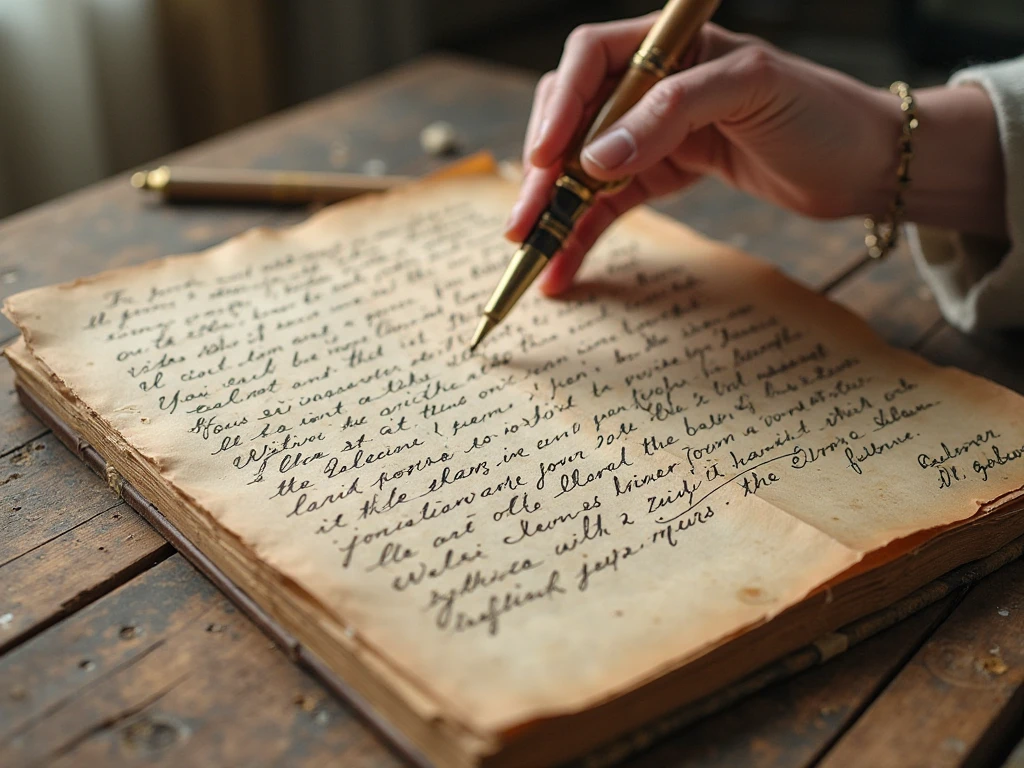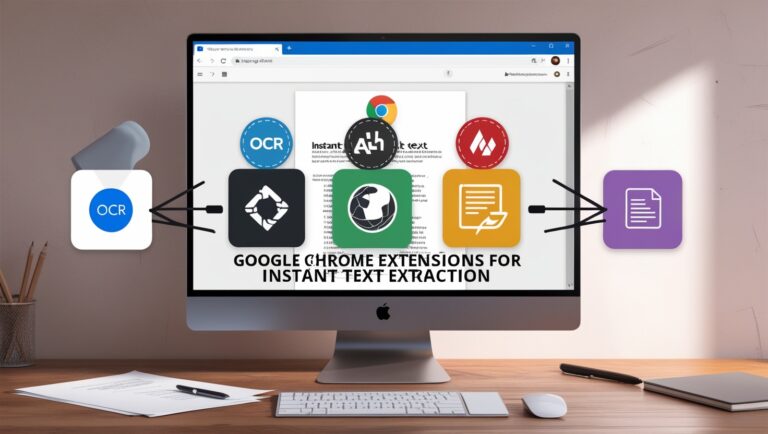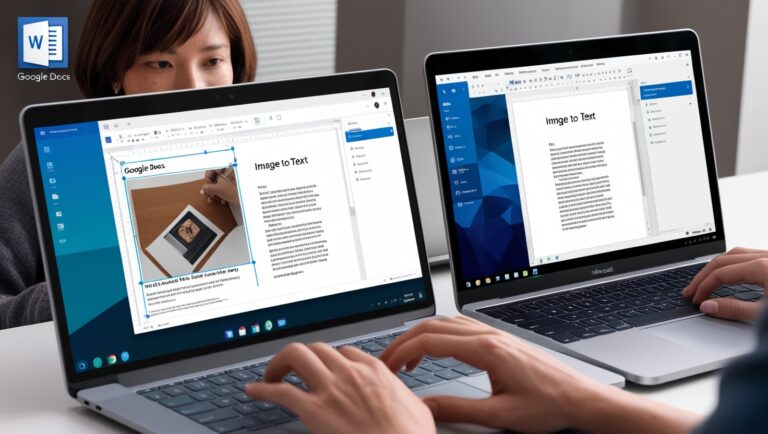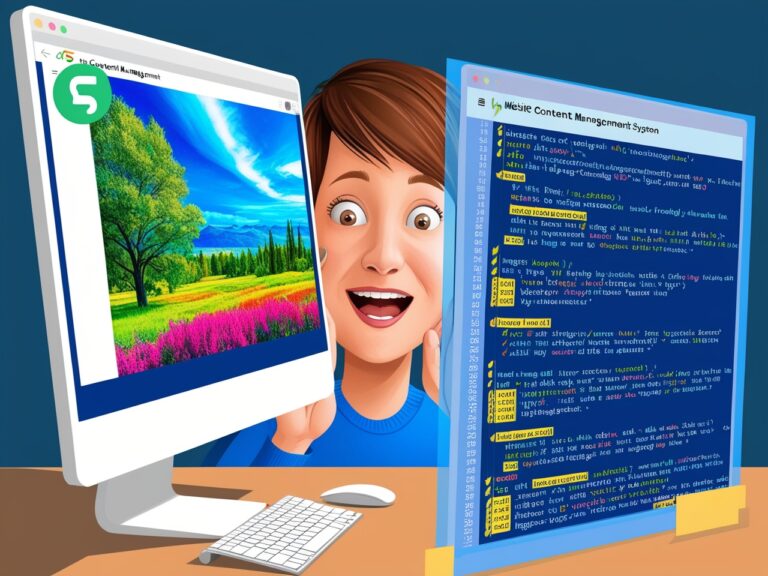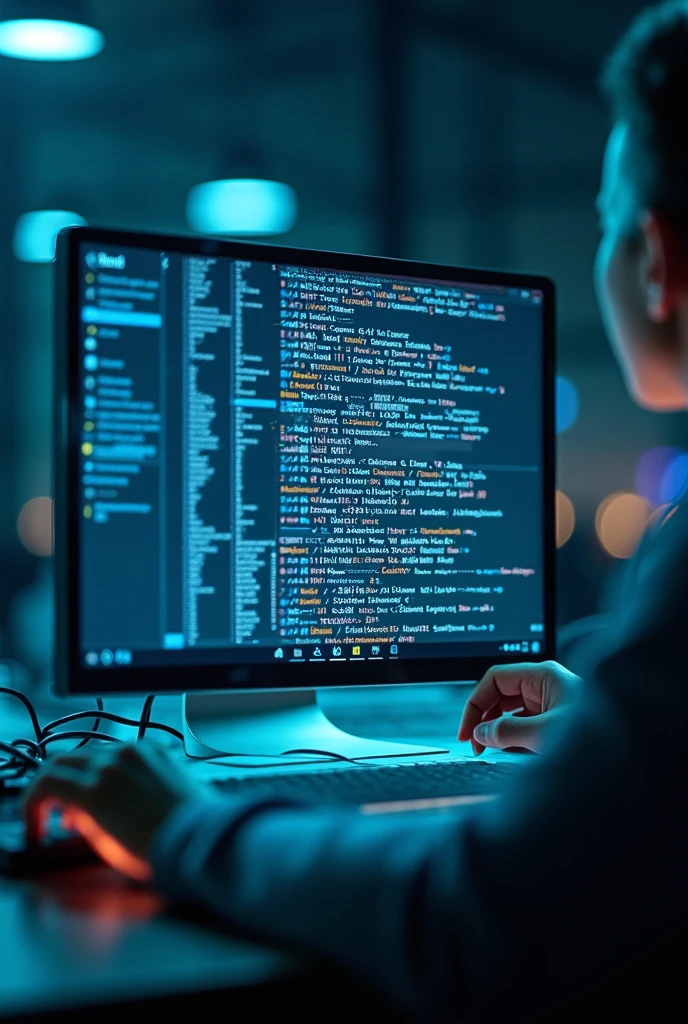How Genealogists Use OCR to Decode Old Family Records
Why Old Family Records Are Hard to Read
I’m a professional manager who often helps historical researchers with digital tools, and I’ve seen the struggles people face with old family records. These documents—like birth certificates, marriage licenses, and immigration papers—are often handwritten, faded, or stored in hard-to-reach archives. Most of the time, people can’t read the handwriting, or the ink has vanished with age. This makes it hard to build a full family tree or even identify one’s roots. That’s where OCR, or Optical Character Recognition, comes in as a game-changer. For those unfamiliar, OCR is a tool that turns images of text into editable digital files. And when applied to genealogy, it makes the impossible—possible.
What Is OCR and Why Genealogists Love It
OCR has been used in many industries, but in genealogy, it saves hundreds of hours. Instead of typing every word from an old document, OCR does the heavy lifting. It scans an image, detects letters, and converts them into text. This means you can quickly search for names, dates, or places without going line by line. According to FamilySearch, OCR tools have helped digitize millions of family history records globally, making them searchable by anyone from anywhere. It’s not just fast—it’s also a reliable starting point for deeper research.
Saving Time in Building Family Trees
Before OCR, I watched researchers spend days reading through pages of handwritten census forms or parish records. With OCR, they now upload an image, convert it, and get digital text they can copy, paste, and search. It makes organizing family lines faster and more accurate. Genealogists can use OCR for:
- Birth and death certificates
- Census records
- Immigration documents
- Marriage licenses
- Family bibles and personal letters
Accuracy Matters in Family History
You might think OCR can’t read messy handwriting. That’s partially true. But new tools now use AI-enhanced OCR, which means it learns from patterns. According to Harvard Library Innovation Lab, these tools can even recognize older fonts and faded ink. That’s a big help when you’re decoding 1800s scripts or foreign-language documents.
Best OCR Tools for Genealogists
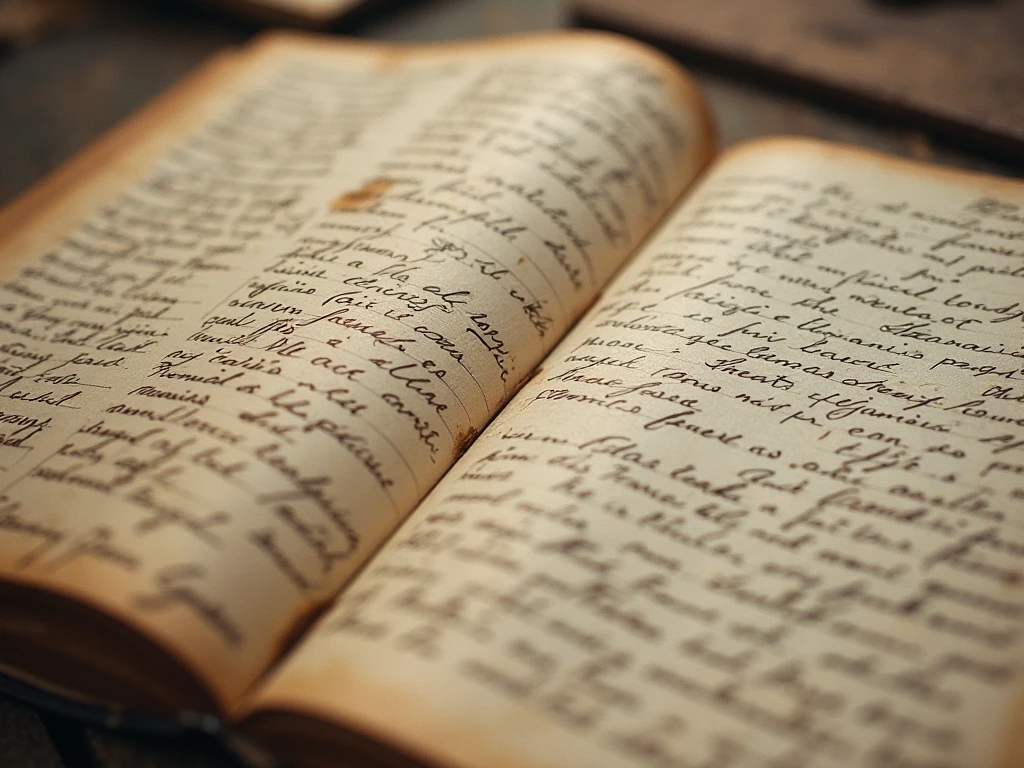
Let me share tools I’ve recommended to researchers and hobbyists:
| OCR Tool Name | Best Feature | Ideal For |
| Adobe Acrobat OCR | Great for clear scans | Legal and government records |
| Tesseract OCR | Open-source and customizable | Developers and hobby researchers |
| Google Drive OCR | Easy and cloud-based | Beginners and families |
| MyHeritage InColor | Auto-enhances and decodes images | Old family photos and docs |
| ABBYY FineReader | Highly accurate for poor handwriting | Professional genealogists |
These tools work on scanned images and PDFs. Most of them support multiple languages, which is vital if your family records are in German, Polish, or French. If you’re new to OCR, start with Google Drive OCR because it’s simple, free, and effective for basic tasks.
Challenges When Using OCR in Genealogy
Not everything is smooth sailing. From my experience helping family history groups, the biggest challenges include:
Blurry or Damaged Scans
OCR needs a clean image. If the document is torn, stained, or blurry, the results can be wrong. Sometimes it reads a “5” as an “S” or skips whole lines. I advise people to use photo editing tools to enhance brightness and contrast before running OCR.
Uncommon Fonts and Old Scripts
Older records often use strange fonts or cursive writing that confuses OCR. Some tools now use AI to adapt, but it’s not perfect. You may still need to double-check and fix errors manually. Tools like Transkribus are designed for historical handwriting and may do better in these cases.
My Experience Helping Genealogists
A few years ago, I managed a project digitizing over 500 old parish records in Eastern Europe. Most were written in cursive Polish with faded ink. We used Tesseract OCR, but the results were poor at first. After training the tool with examples and using better scans, we achieved nearly 90% accuracy. It helped one family trace their ancestors back six generations! That moment—seeing people connect with their past—proved OCR wasn’t just a tool. It was a bridge to history.
Real-Life Example: Saving Time in Large Archives
In my own work as a records manager at a genealogy center, we faced thousands of scanned census sheets and baptism logs. Going through each one manually used to take us weeks. After introducing OCR tools like Tesseract OCR, we finished the task in under five days. The best part? We could now search by names, dates, or even towns, just like searching a modern Word document. This helped many families connect missing links across generations.
Limitations of OCR in Genealogy
While OCR has made things easier, it’s not perfect. Old paper records often include fancy handwriting, ink smudges, or damage from water and age. These things confuse even the best OCR software. For example, “John Smith” might appear as “J0hn Snith” if the ink faded or bled. This is why many professionals still cross-check OCR results manually or use image-enhancing tools first, like Adobe Scan, before running OCR.
Combining OCR with Handwriting Recognition
Some OCR tools now include handwriting recognition using AI. This is especially useful for diaries or personal letters. Tools like Google Cloud Vision and Microsoft Azure Cognitive Services help recognize and convert old cursive writing into readable text. These services are improving every year, helping more genealogists read handwritten notes from the 1800s.
Language Barriers in Historical Records
One of the biggest surprises I found while working on a client’s project was that many family records were in Latin, German, and Polish. Most OCR tools are trained for English. We had to switch to OCR engines that support foreign characters and language packs. Platforms like ABBYY FineReader offer multilingual OCR which was a game changer.
Table – Comparison of OCR Tools for Genealogy Work
Here is a helpful table that compares some top OCR tools that I and other genealogists use regularly:
| OCR Tool | Best For | Handwriting Support | Multilingual | Cost |
| Tesseract OCR | Open-source & bulk data | Limited | Yes | Free |
| ABBYY FineReader | Professional-grade, clean scans | Strong | Yes | Paid |
| Adobe Acrobat Pro | Easy use & PDFs | Moderate | Yes | Paid |
| Google Cloud Vision | Scanned images + AI | Strong | Yes | Pay-as-you-go |
| Microsoft OneNote | Fast text grab from photos | Limited | No | Free |
Organizing and Storing OCR-Converted Genealogy Data
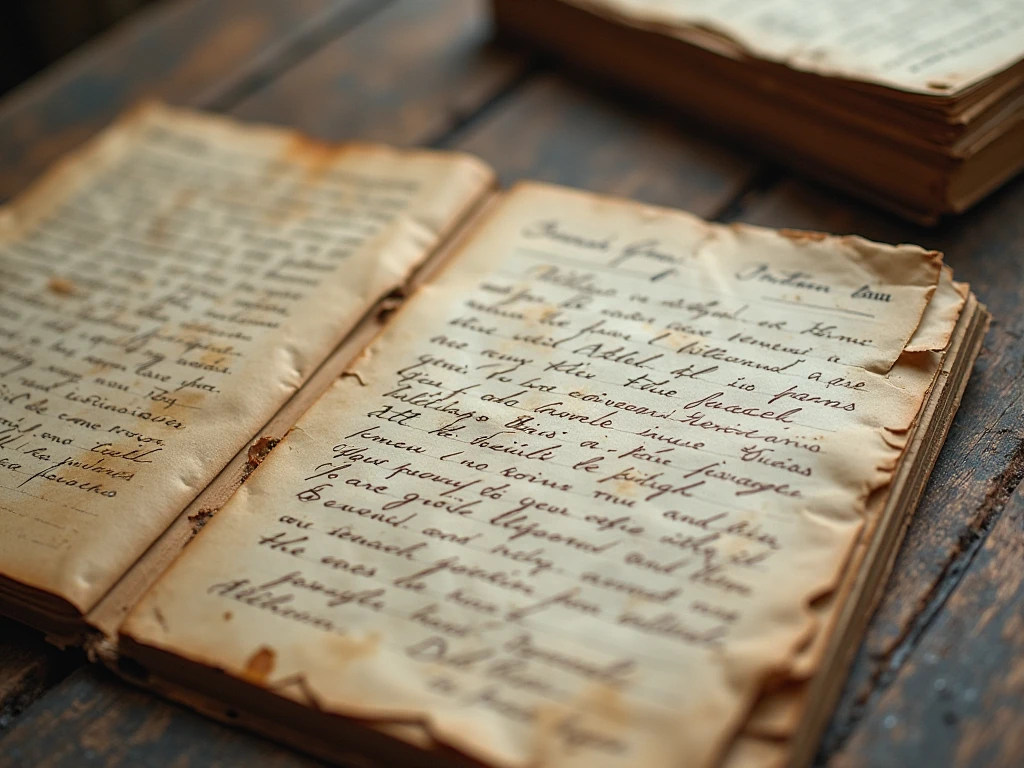
After you convert images to text, organizing is key. I usually create folders for each surname and then subfolders by generation. OCR helps you name each file based on what’s inside it. For example, a birth certificate image can be saved as “James_Clark_Birth_1892.txt” for easy search and sorting. I recommend cloud-based tools like Google Drive or Dropbox to keep everything safe and easy to access. Also, Google Docs allows you to directly scan images and run OCR inside the platform.
Tips for Best OCR Results in Genealogy
Here are a few personal tips that helped me save time and avoid mistakes:
- Use high-resolution scans: At least 300 DPI gives better OCR results
- Crop and clean the image first: Remove borders and extra marks
- Zoom in before scanning: This captures faded writing more clearly
- Use grayscale, not color: It brings out old ink better
Preserving Family History with OCR
The most rewarding part of using OCR in genealogy is helping people rediscover their roots. One client found the original name of their great-grandfather, which had been changed during immigration. That opened up a whole new branch of their family tree. With OCR, we’re not just saving time — we’re keeping family stories alive and accurate.
